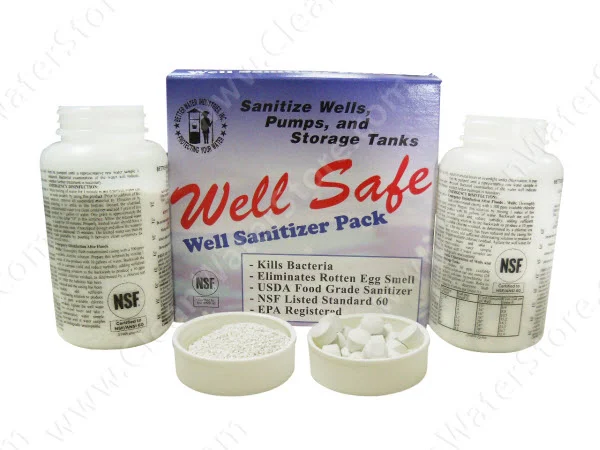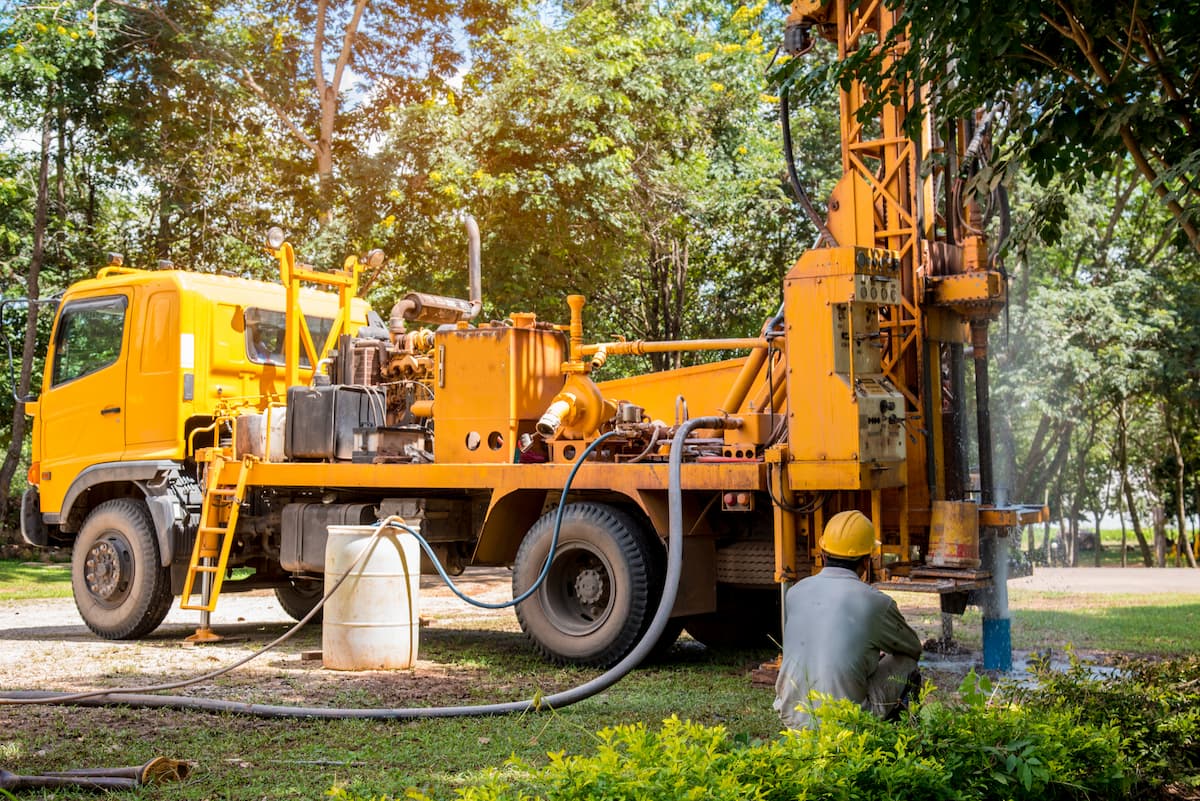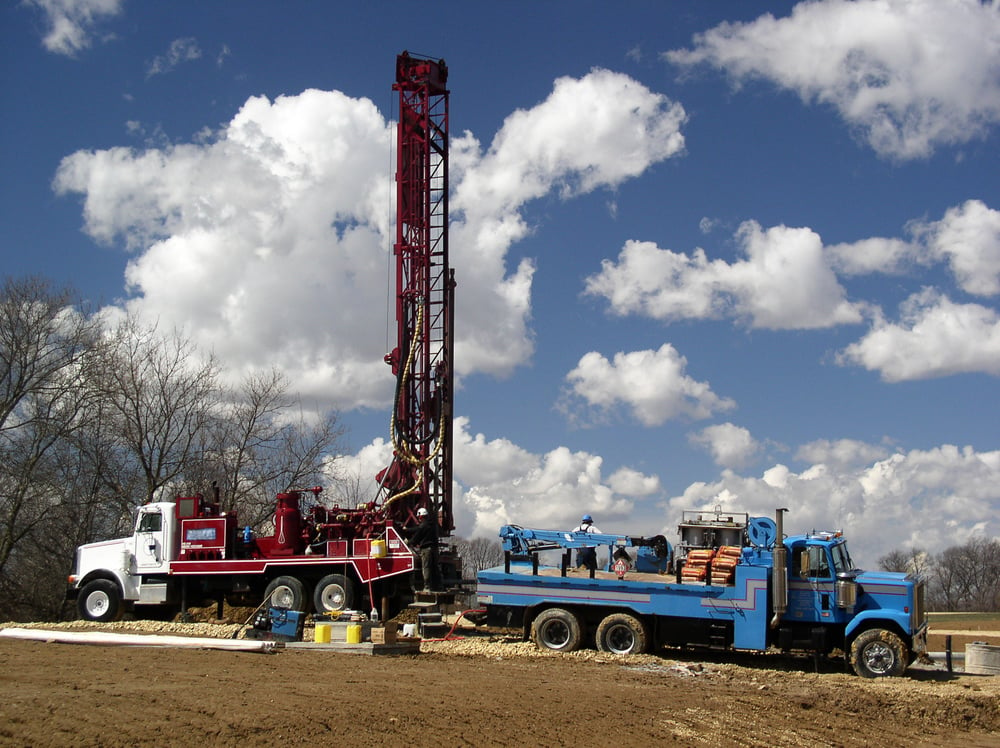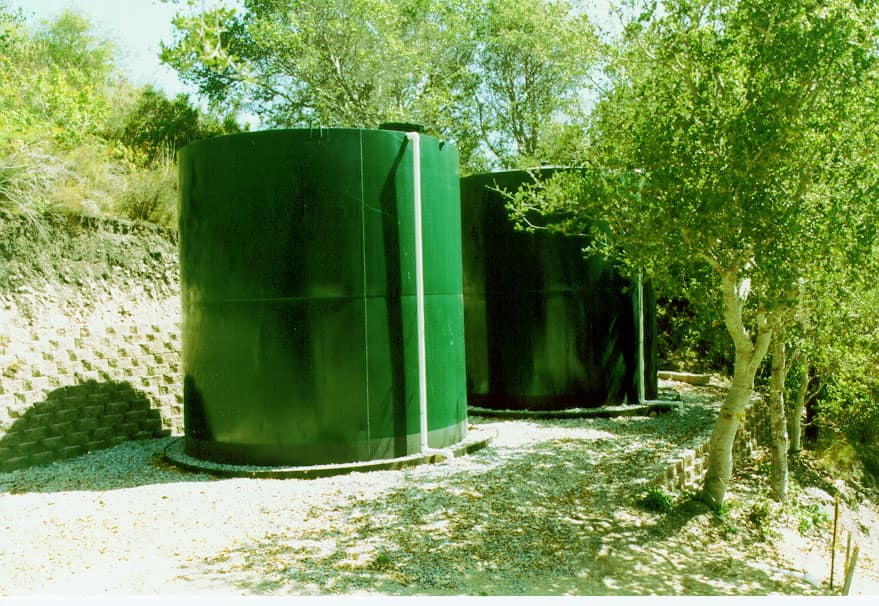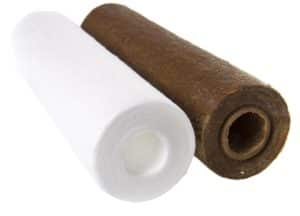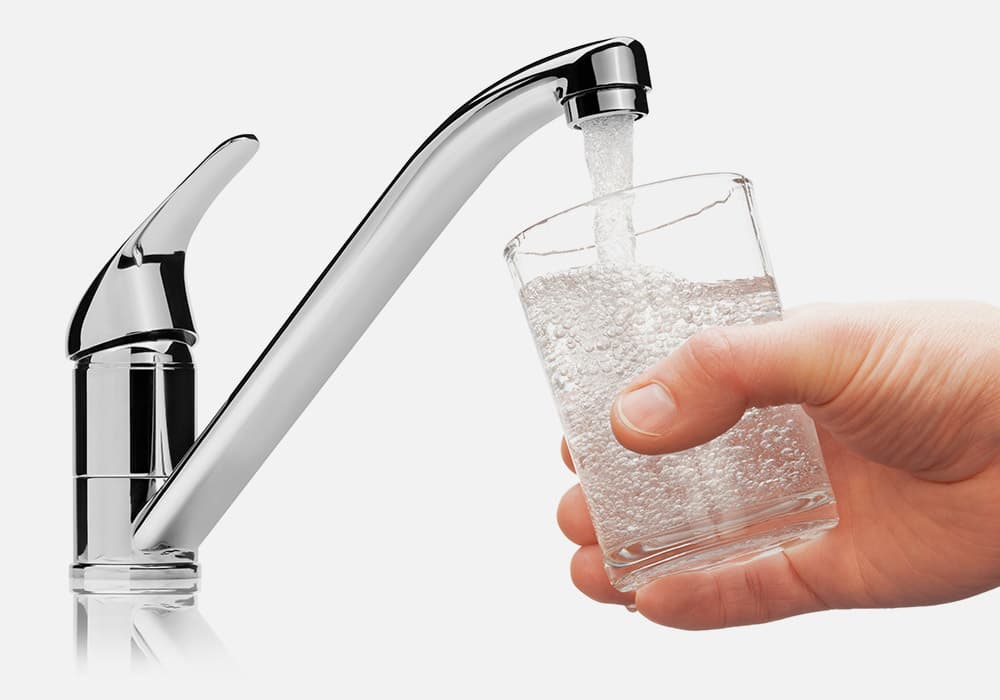Sediments, Stains and Water Sediment Filters 101
When you have a water system that uses well water, it is important to do regular water testing to ensure that the water that the well is supplying into your household is safe. Sometimes, bacteria, stains, and sediments can be found in the water. Often, water sediment filters won't take care of everything.
Unlike city water that is periodically tested and monitored by authorities, you handle the responsibility of monitoring your well water. When you know what's in your water, you will be able to figure out the recommended treatment system to take care of it.
Before you try to understand the sediments and stains caused by your water, there are basic steps that you should know about. These are steps we follow in testing water. Keep in mind that there may be many steps you need to follow in treating your water before your water becomes perfect for your home and family. The steps below cover the basics. These steps include:
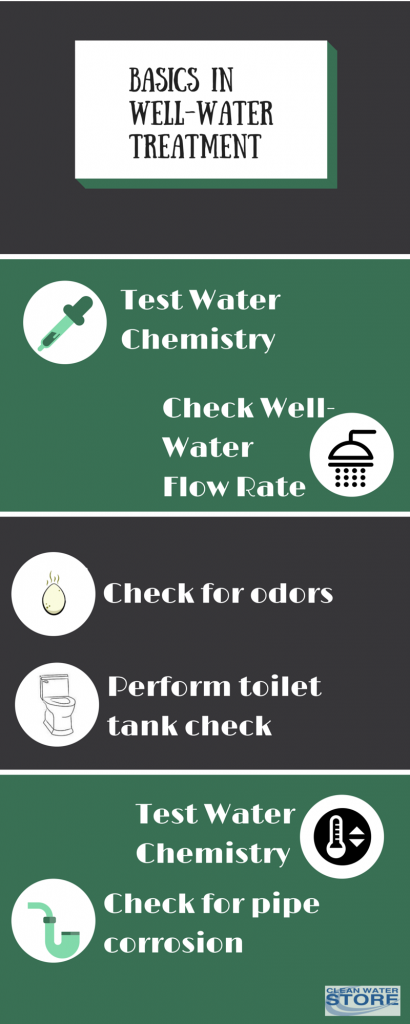
- Test the chemistry of your well water. You must test for the presence of bacteria and other chemicals, especially if you live in an area where it’s possible for your water to be contaminated by chemicals. If you live near a factory, plant, gas station or an agricultural area, there is a huge possibility that some of the chemicals used in those areas would find their way into your water source.
- Determine the flow rate of your water from your well. You should find out how many gallons of water per minute flow from your well into your household.
- Check your toilet tank. The sediments or stains that you will find there can be tell-tale signs of possible problems with water.
- Check your water heater. Your water heater is one of the things in your home that gets exposed to water regularly. If there are any problems with your water quality, your water heater can reveal it all – or at the very least, provide strong clues.
- Check for water odors. When it comes to odors, you can check your water for odors when it’s cold and when it’s hot. There are times when the water will only exhibit an unpleasant odor either when hot or cold, not both.
- Check for corrosion in your pipes. If you can find leaks and signs of corrosion, it’s certain that your problem has problems.
- Check for scale. The presence of scale indicates the hardness of the water which means you might also need to get your water treated.
- Identify the size of your pipes. Specifically, identify the size of your main pipe. You might need to install water treatment systems to improve the quality of your water, and you will need this information.
The step we will focus on will be the third step. As you can see above, it is recommended that you check your toilet tank because what you find in there would tell you a lot about your water problems. Just like the water heater, the toilet tank is a space that is regularly occupied by water. Whatever issues your water has, it will likely show up in your toilet tank. Here is a thorough guide on how to interpret the sediments and the stains that you find in your toilet tank.
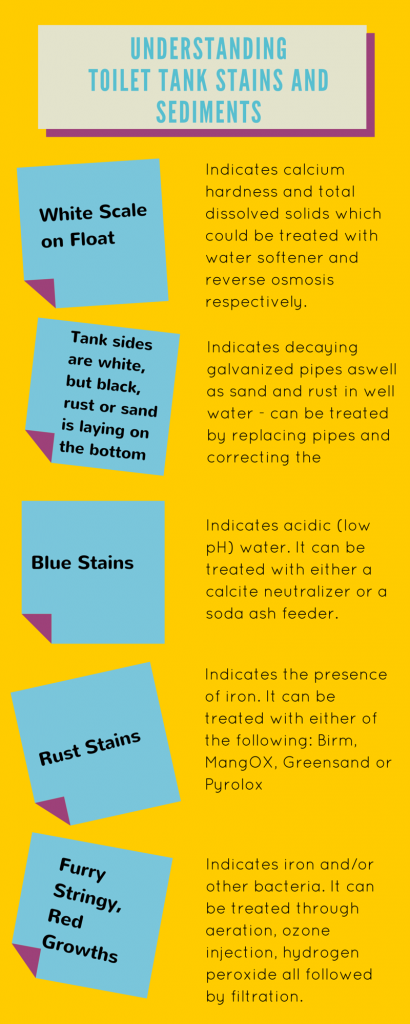
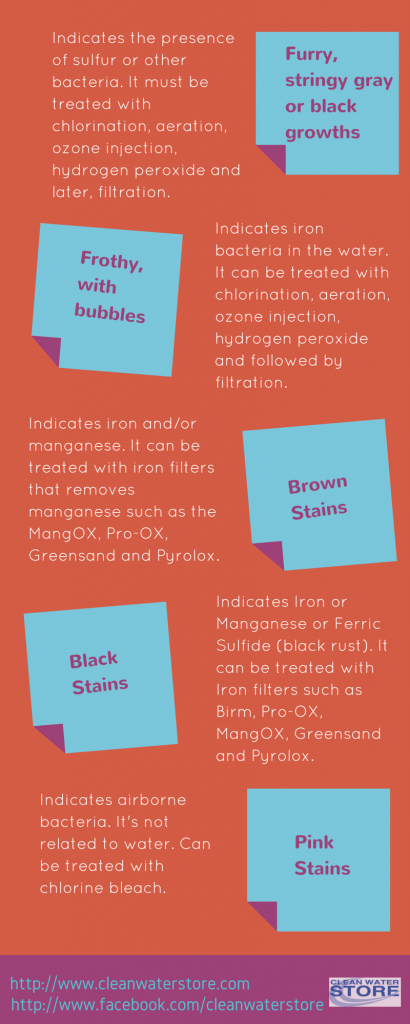
- Floating white scales: When you open up your toilet flush tank, and you find a white or grayscale and/or see some scale flakes or bits floating around, it usually indicates that you have problems with calcium hardness in your water and/or your water has high levels of total dissolved solids. This problem can be quite serious because it can cause complications with other household appliances and systems. When you see stuff floating in your water, it doesn't mean that water sediment filters are all you need to solve the issue. In this case, you can get rid of this problem by using a water softener or a salt-free conditioner, depending on the water chemistry. If the problem is high total dissolved solids (“TDS”) then a whole house reverse osmosis will be needed.
- Rust Particles or Sand at the Bottom of a white flush tank: Your toilet flush tank may appear relatively clear, white and clean-looking – except you see blackish sediments, rust or sand at the bottom of the tank. There are two possible causes for this. One is that you have galvanized iron pipes that are decaying. Another possible cause is the presence of sediments, rust and even sand in your water, coming from your water source itself. There are different possible solutions to this scenario. For decaying pipes, you could choose pipe replacements, or you could correct the corrosiveness of your water. It would be highly favorable for you to do both. After all, if your water happens to be corrosive, replacing your pipes will just be futile if you won’t correct the corrosiveness of the water. Sooner or later your pipes would still end up like its predecessors. For sediments and sand in your water, you’ll need a water sediment filter or an iron filter, depending on what kind of sediments are actually in your water.
- Blue Stains: When blue stains are in your tank, it’s highly likely that your water has a low pH level. When your water has a low pH, this means that it is acidic. This issue can easily be resolved with calcite neutralizer or a soda ash feeder.
- Rust Stains: the presence of rust stains means that there is an abnormal level of iron in your water. To get rid of these hideous stains, you can have an iron filter installed, and that’ll take care of it in a jiffy.
- Red, Stringy Growths. It looks disgusting, we know – and if you ever see this inside your toilet tank, it is telling you that your water has sulfur or bacteria, or both. This problem can be solved using various methods such as aeration, ozonation through ozone injection, chlorination and hydrogen peroxide treatment. No matter what method you use, it is recommended to have your water system filtered afterward.
- Frothy with Bubbles. Another disgusting sight to behold, this usually means that iron bacteria are present in your water. You can follow the same water treatment method as the ones recommended for red stringy growths in the tank.
- Brown Stains. It looks a bit rusty, hence it’s probably iron. Manganese can also cause this kind of staining. Sometimes both are present in the water that results in this kind of stains, so it is ideal to use and iron filter that removes manganese at the same time.
- Black Stains. It could still mean iron and manganese, but at the same time, it could be the presence of black rust (also called Ferric Sulfide) in your water. A good iron filter can easily solve this problem too.
- Pink Stains. This type of staining is usually caused by airborne bacteria not water contamination. You can keep it from happening again with the use of chlorine bleach.
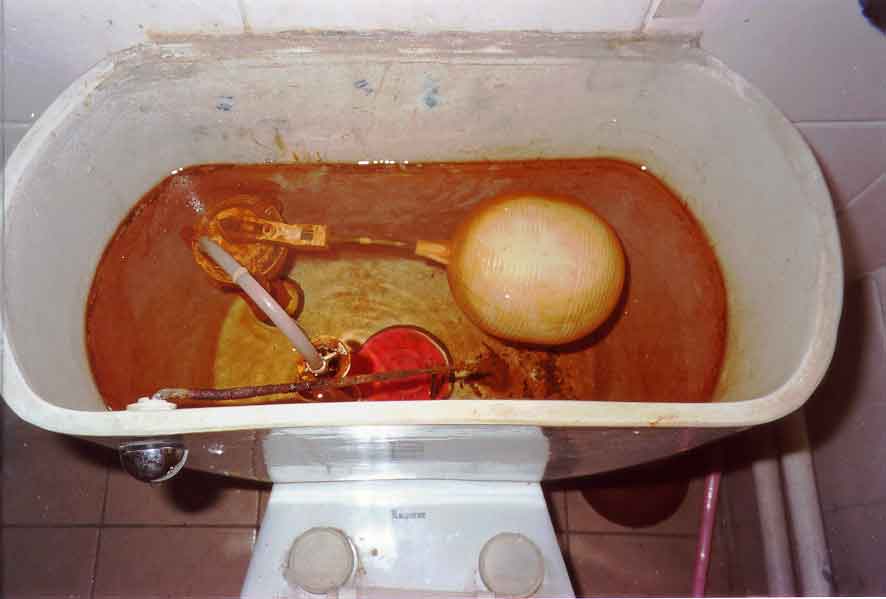
Common Types of Water Sediment Filters
For water problems concerning sediments, good water sediment filters sometimes would do the trick. Keep in mind that there are many different types of sediment filters. Each one is tailored to address specific concerns. Check out the most popular and useful water sediment filters below:
1. Backwash Sediment Filter – This a filter that works great to remove dirt, rust, and fine particles from your water before it reaches your household. A great one to have is a model that can be automatically controlled. Ideal types include backwash filters that do not restrict water flow or pressure. Some models also can remove 5 microns without requiring a change of filter cartridges. Choose one that requires a change in the filter media once every four to five years. It will surely save you a lot of hassle. Check out this page for our list of backwash sediment filters.
2. Micron-Rated Sediment Filter Cartridge – These cartridges are manufactured to strain particles of specific dimensions. Your choice of cartridges should depend on the dimensions of the sediments you aim to strain from your water. Check out this page for a list of our Micron-rated filters.
3. Centrifugal Sand Separators – This type of filter works using centrifugal force. It is capable of removing 98% of the particles 74 microns and greater. The pros of this system include no cartridges and no filter media to be replaced. The cons include the manual flushing out of the sand that accumulates within the separator. Here is a link to our list of Sand Separators. Check out which one would work for you!
4. Rusco Spin-Down Filter Screens – This system uses a screen to get rid of sediments. This filter system doesn't need to clean on a regular basis, but it requires manual flushing regularly. To make this system last longer, find the coarsest mesh possible.
As you can see, you have many choices where water-sediment systems are concerned. The main task lies in choosing the most appropriate option for your water-sediment problem.



